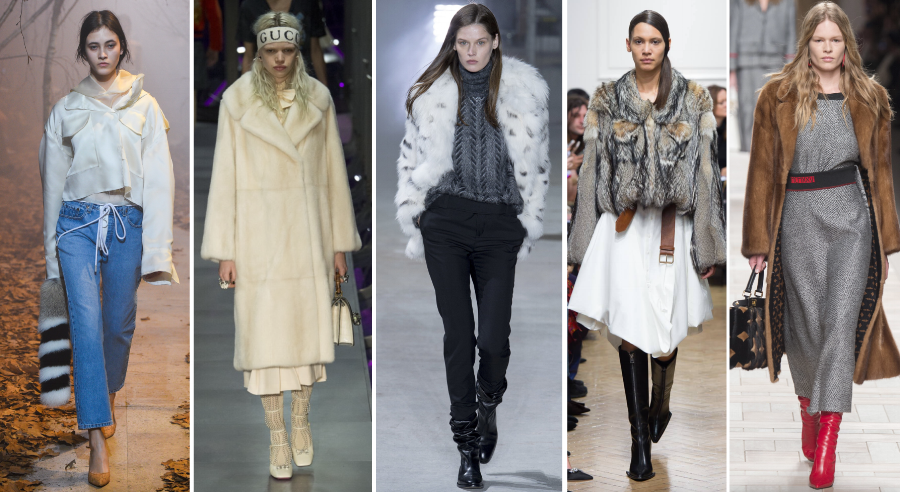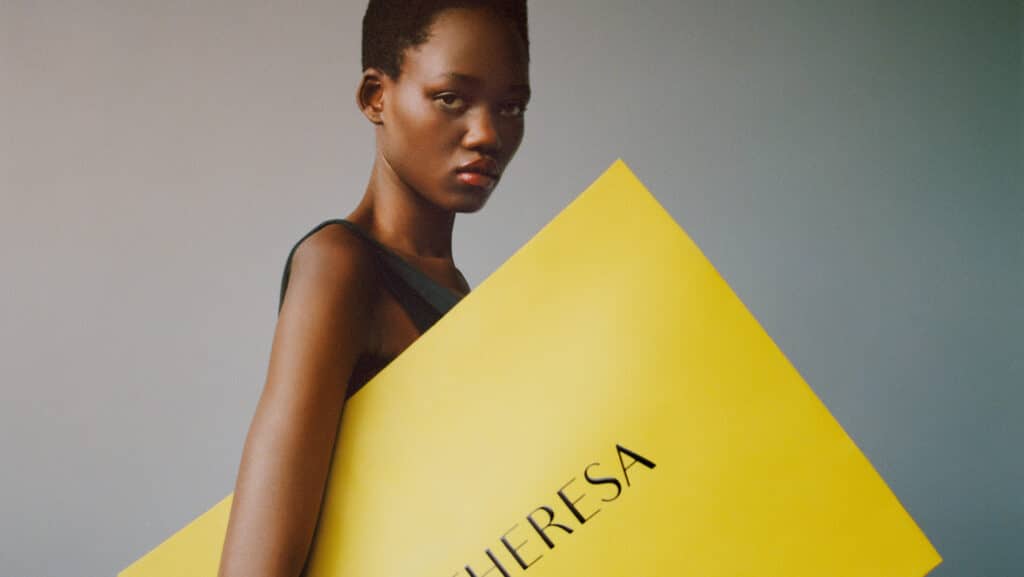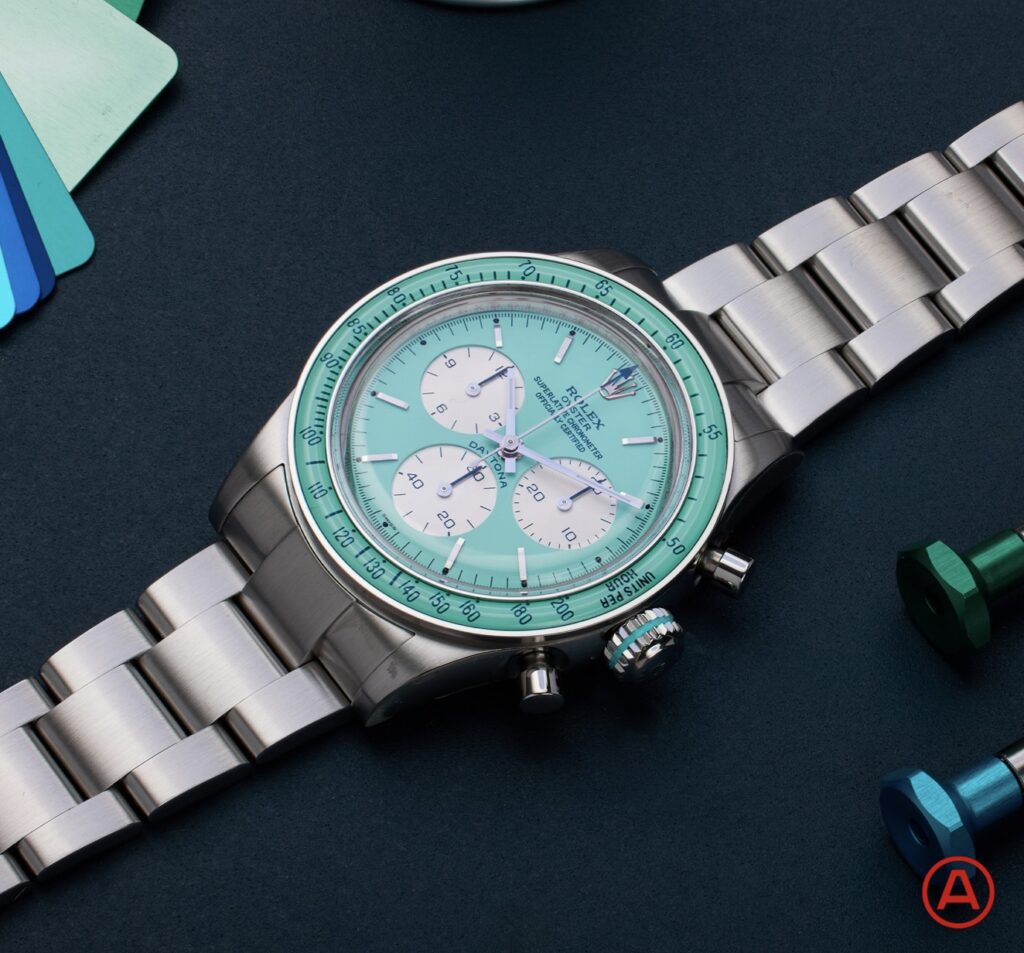Last week, Net-a-Porter, one of the largest online designer fashion retailers, announced that it is going fur-free. Its e-commerce site, as well as the other sites under the Yoox Net-a-Porter (“YNAP”) umbrella, including menswear site Mr. Porter, Yoox and The Outnet, have been scrubbed of all things fur, leaving a seeming void, with only shearling and faux fur options in its place. YNAP’s head of sustainability Matteo James Moroni said in a statement, “We have a strong sense of responsibility and recognize the importance of making a positive contribution to society. With a range of initiatives, partnerships and innovations, our goal is to act as an industry-wide catalyst for change.”
The fashion group’s larger push for “sustainability,” as it calls it – including the move to go fur-free – is being celebrated by environmentalists and animal rights organizations and activists. The Humane Society International U.K.’s executive director Claire Bass, called the move “a truly powerful message” that she hopes will spread “across the fashion world, and to luxury brands in particular.”
Although the PETAs of the world applaud YNAP’s ethics for removing fur from its stock, the change does not come without risks. In addition to potentially lost sales now that its offerings are completely fur free, YNAP takes the risk that consumers will simply look elsewhere for their furs of choice, such as to MyTheresa (which is currently stocking fur gilets from Saint Laurent, mink coats from Tom Ford, rabbit fur jackets from Miu Miu, and of-the-moment fur slides from Givenchy) or Neiman Marcus (it also boasts a large selection of fur coats and accessories).
Two Different Narratives: Is Fur Fashion or Faux Pas?
How much – in terms of its bottom line – does YNAP stand to miss out on now that it has removed fur from its e-shelves? The narratives are split. According to the Fur Information Council of America’s director of communications Keith Kaplan, fur sales are ailing across the globe. Kaplan noted that the market for fur has changed in recent years, “Russia and China, in particular, [which] had become large markets for fur products, have lost their buying power, as a result of their own economic issues, thereby removing them from the equation somewhat.” This sentiment coincides with reports over the past two years or so that the $40 billion fur trade (up from some $11.7 billion in 2004) has been struggling, at least in part due to China’s corruption crackdown (and with it a reduction in extravagant spending and gifts) and the fall of the ruble, which has affected Russian consumers and their buying habits.
The Humane Society of the U.S.’s president and chief executive officer Wayne Pacelle, says fur is less attractive than it used to be for a number of reasons, but the availability of high quality faux fur alternatives is a noteworthy factor. “There is an industry-wide assumption within fashion that fur equates to luxury. That was always a questionable assumption, since you can buy strips of raccoon, dog, or fox fur for as little as $5 apiece or less.” He further stated that right now, the market boasts “functionally equivalent or superior options to wearing real fur” anyway, leaving brands “just no excuse” for using real fur and consumers, no excuse for demanding it.
Mark Glover, Director of Respect for Animals, a United Kingdom-based animal rights organization, concurs, telling TFL: “Businesses, and in particular, fashion companies are waking up to the increased consumer awareness about where the products they buy are coming from as well as to their own responsibilities to the environment and the people and animals we share the planet with.” He continued on to note: “As people become aware of the horrors of the fur trade, they are increasingly turning their backs on real fur and those who profit from its sale.”
Yet, the runway tells a different story. Real fur appeared in many of the major collections during the Fall/Winter 2017 show season. Prada coats were trimmed with fur. At least one of the standout looks in Alessandro Michele’s Gucci collection was an off-white shin-length fur coat. And speaking of Off-White, Virgil Abloh showed striped fur stoles that “it” girls will be undoubtedly lusting for. Jonathan Anderson sent both cropped and full-length fur coats down the runway for his label, and one of the most highly anticipated shows of the season, Anthony Vaccarello’s second outing for Saint Laurent, included a creamy white fur jacket in its lineup.
Yes, in the West, demand for fur “has never been stronger,” according to International Fur Trade Federation’s chief executive Mark Oaten. “We have very high production levels and I expect those will remain very strong in Europe and America.” CNN Money stated that in recent years, “Youth-focused product placement might also be helping, as fur begins to lose its taboo. Pop star and trendsetter Rihanna is often spotted wearing fur products, as is reality television star Kim Kardashian.”
A recent National Geographic article noted that “once a resolutely conventional winter-fashion choice of Park Avenue matrons and country club partygoers, fur has gone hip-hop and Generation Z. There are camouflage-pattern fur coats, tie-dyed fur coats …. There’s even a fur pom-pom that’s a Karl Lagerfeld Mini-Me, created by the designer [for Fendi] in his own image and dubbed Karlito.” There was a waiting list for the pricey bag charm, while similar fur “buggies” flew off Fendi shelves when they were introduced in 2013. For a while there, Net-a-Porter was offering some exclusive Fendi fur bug charms, itself.
An accurate source of up-to-date numbers as to how much fur any fashion retailer sells is hard to come by. However, according to a TFL source working within the fur/fashion industry, the move is unlikely affecting many newly anti-fur brands’ bottom lines in any significant way, as while fur may appear on the runway and on some e-commerce shelves, most of these brands’ stock was never heavily dependent on fur in the first place. (This raises questions about whether anti-fur proclamations by brands are actually merited moves aimed at sustainability or whether they are more trumped up examples of greenwashing.)
Two other factors are also worth considering. First, fur is typically a consignment product – meaning that it is typically “loaned” to retailers and only bought from the supplying brand as the items are actually purchased by consumers at retail. Second, due to the price point of most fur garments and accessories, these products are not major movers, meaning that retailers are not making a significant number of sales. (This is not to say, of course, that fur does not sell well on resale sites, such as The RealReal, or on more niche high fashion e-commerce sites, such as Moda Operandi, which boast particularly high-spending shoppers.)
Thriving Without Fur
YNAP can likely make up for any potential lost sales thanks to the push for faux fur. If London-based designer Hannah Weiland’s brand Shrimps, whose wild-colored faux fur coats have been spotted on everyone from Net-a-Porter founder and ex-executive chair Natalie Massenet to every British “it” girl you can think of, is any indications, faux fur is in. Stella McCartney, whose wares are actually free of all animal furs and skins, is thriving, as well. Speaking before one of her shows, in which she showed shaggy (and completely fake) fur coats, McCartney said: “I’ve been speaking to younger women about it recently and they don’t even want real fur. So, I feel like maybe things have moved on, and it’s time, and we can do fabrics which look like fur, if we take them somewhere else.”
PETA UK Director Elisa Allen echoed this notion recently, telling TFL: “Fur-free designers and brands are soaring, including Stella McCartney, who is growing double digit year-on-year. And it’s no wonder – today’s faux furs are superior, warm, and luxurious, so the excuses for using real fur have truly run out.” With this in mind, YNAP and co. publicly distancing themselves from fur appears to be a rather risk-less move, one that stands to build significant goodwill in the eyes of anti-fur and other ethically-minded consumers, which may land these companies a whole new slew of consumers. In short: It will be good for business.














